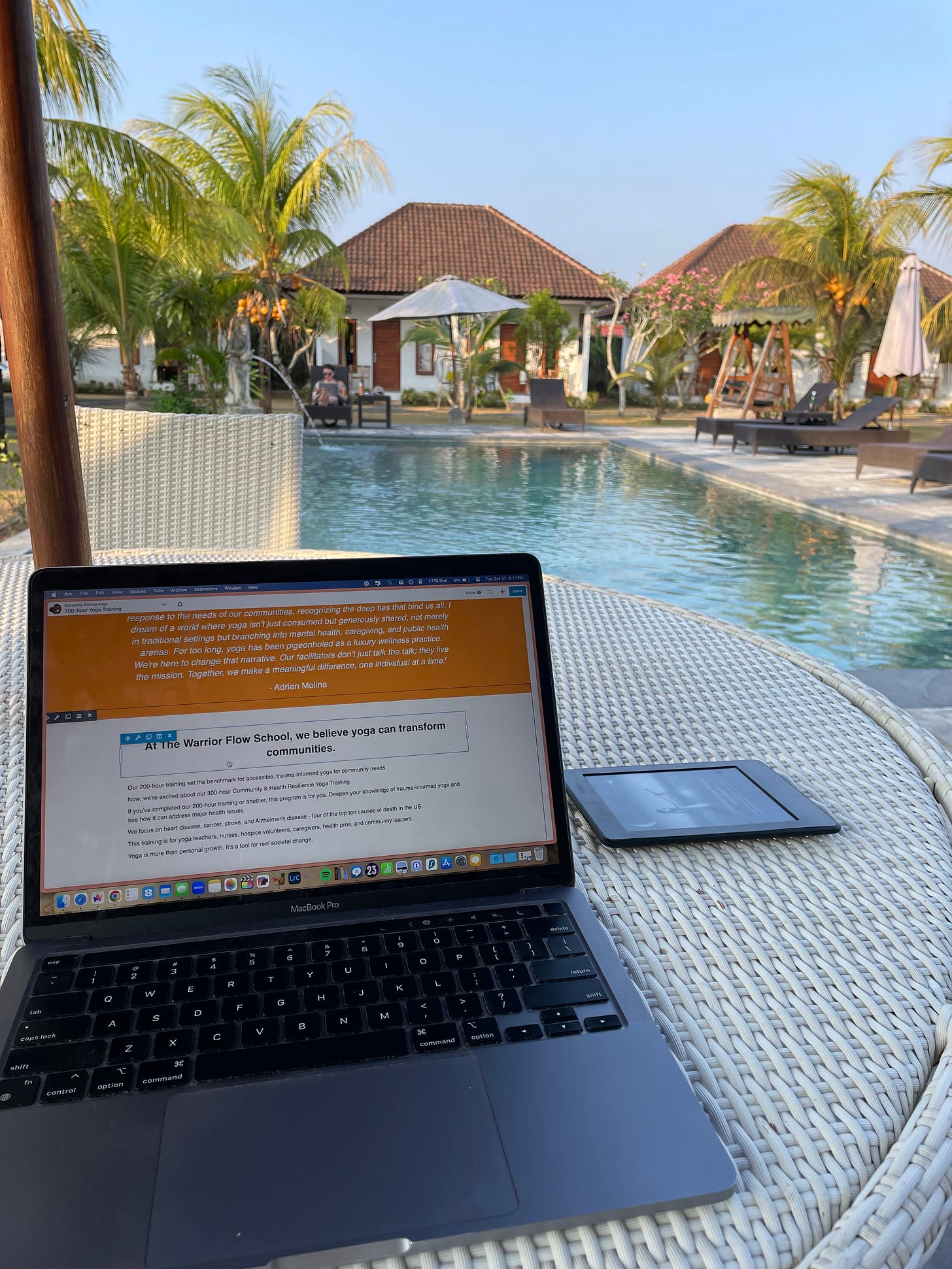⁉️ I often wonder why more people don’t question the traditional 9 to 5.
This outdated “system” was democratized a century ago, yet very few have challenged its relevance in today’s world. 100 years ago, work and life were drastically different… so isn’t it time for an update?
🤓 Do you know how the 9 to 5 became the standard in the workplace?
The 9 to 5 work schedule became common in the early 1900s with the rise of factory work and industrialization. For factories to run smoothly and for the assembly line to function without disruption, workers needed to be in sync—at the right place, at the right time. Ford popularized this in the 1920s, establishing the traditional 40-hour workweek.
Here’s the thing: this system wasn’t based on scientific research. It wasn’t designed to optimize workers’ well-being. It was a construct that made sense at the time for big businesses to boost productivity.
Since then, our society has adapted to this rhythm, and it’s been widely accepted ever since.
🤦♂️ So, let me ask you: why are we still following this rhythm set 100 years ago? Why should someone from the past decide when you should wake up and start working?
⛓️💥 Of course, I understand we need structure. If everyone worked whenever they wanted, things would become chaotic. But there are many businesses and roles that could follow a different schedule without impacting productivity or causing friction.
I wish more companies made decisions based on what makes sense for both the business and the employees, instead of sticking to “this is just the way it is.” Why not offer more flexibility when possible? Why not let people start later and finish later if that suits them—some of us aren’t morning people! Why not let them choose to work 3 to 6 days a week? There’s more than one way to work, and it doesn’t have to hurt the company’s goals.
✨ I think the results might surprise us. Avoiding rush-hour traffic would make many people happier. Some would be much more productive working hours aligned with their natural rhythms. The mental health impact could be huge, improving office atmosphere, motivation, and team involvement.
🙋♂️ For me, my ideal workday looks like this: I wake up around 9/9:30 am, have a gentle morning where I take care of myself, then have lunch. I start working around 1/2 pm, get deep work done until 6/7 pm, with a few short breaks. I take 2 hours off to relax and have dinner. Then, if needed, I’ll do another work session until 11 pm. This schedule allows me to be productive and happy. I can’t stand starting my day with meetings or work—it throws off my whole mindset and mood. By prioritizing myself first, I can begin work with a much clearer, more positive mindset.
💥 When possible (and it’s more often than we think), companies should make an effort to accommodate their employees’ well-being. A happy, valued, and trusted employee is a much better asset than someone who feels like just another cog in the machine.



